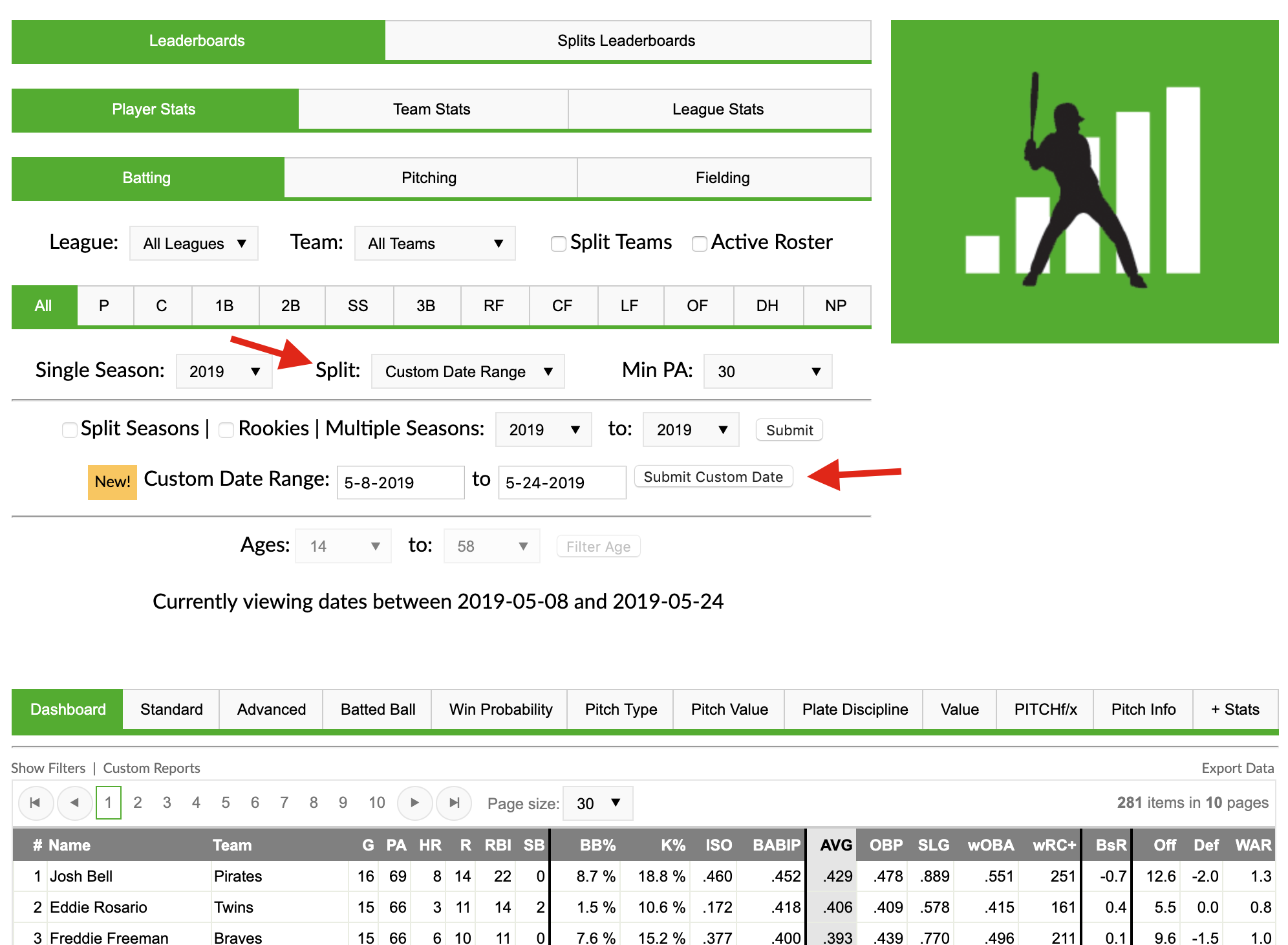No Ribbing About Carlos Correa’s Bizarre Injury
Owners of the majors’ fourth-best record (37-20) and second-best run differential (+92), the Astros have been humming along in typical powerhouse fashion, but a recent rash of injuries is testing their depth. In a 15-day span they sent Jose Altuve, Collin McHugh, George Springer, Max Stassi, and Aledmys Diaz to the injured list, all for comparatively mundane-sounding injuries to muscles and joints. On Wednesday they gave us something new, namely the news that Carlos Correa had suffered a fractured rib while receiving a massage at his home, which will sideline him for four to six weeks.
It’s a bizarre injury worthy of a Jayson Stark column, and one that set off speculation as to its veracity, to say nothing of the jokes. Unlike the Mets’ handling of Yoenis Cespedes’ recent eyebrow-raising ankle fractures, which the outfielder suffered on his ranch, the Astros gave no hint that Correa’s injury was the result of any mischief. Via The Athletic’s Jake Kaplan:
“Players do a lot of things outside of the field that we’re never aware of or not aware of. Everybody’s trying to get better in their own way, and I’m sure he was receiving treatment for specific reasons,” Astros general manager Jeff Luhnow said. “It’s unfortunate that it happened that way, but we’re concerned right now mostly about getting him back. He’s going to have to rest for a little bit, let the bones heal and get back to doing the physical activity that will help him be back on the field.”


